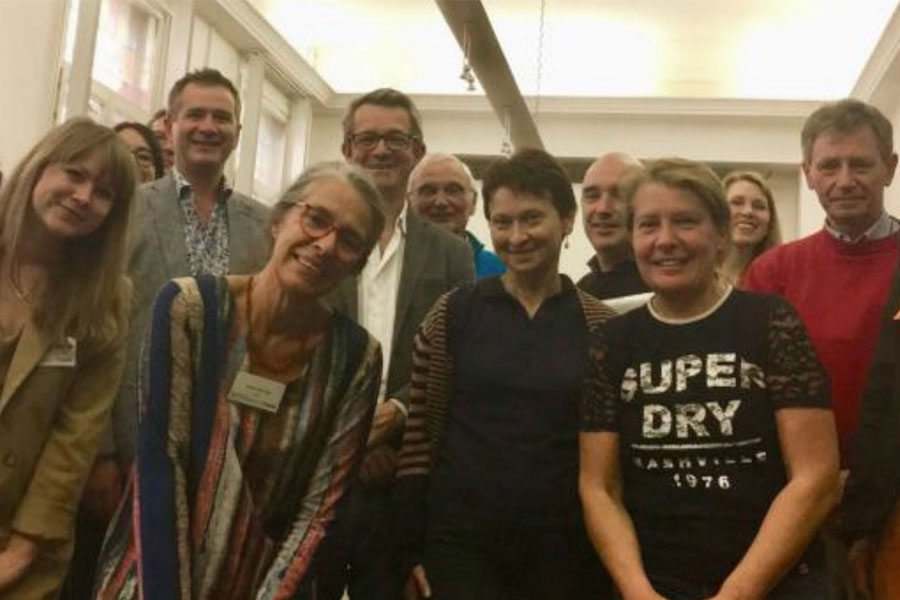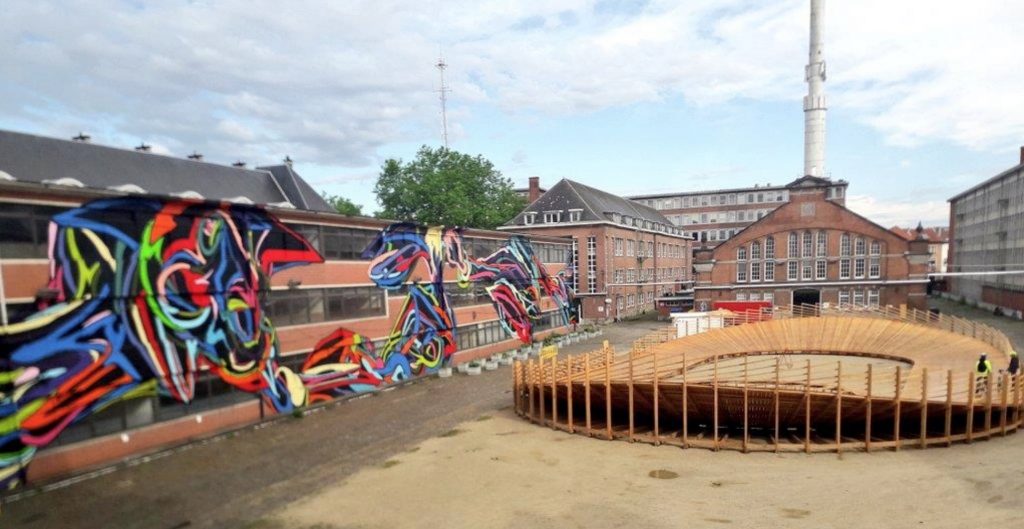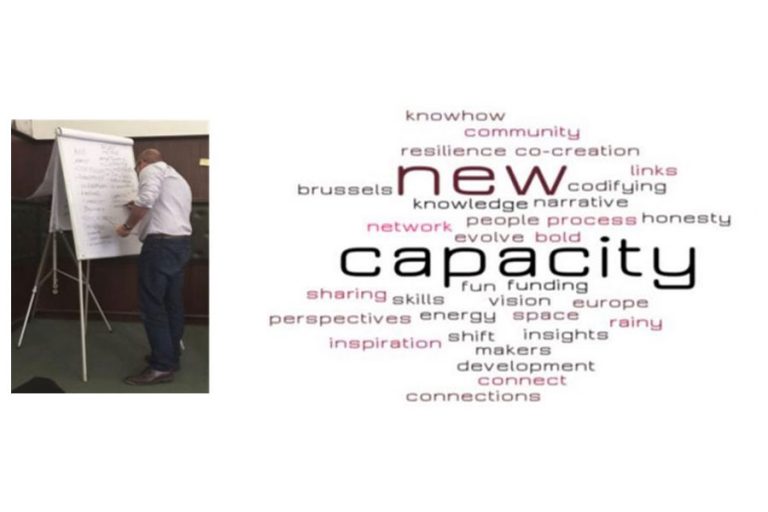
Game-changing innovations for the revival of historic buildings and cultural places
9 July 2019
This AEIDL’s 30th Anniversary event was a genuine opportunity to launch a pan-European community of like-minded individuals who are involved in the revival of historic buildings and cultural places that get off the beaten track of conventional heritage preservation, going beyond established frameworks. It took place at See U in Brussels.
The Campbase is building upon the dynamics created around a HURBS bidding exercise coordinated by AEIDL [HURBS project under H2020 ‘Research Innovation Actions’ strand (RIA)], conveying a place-based dimension to activities that are bridging arts and culture, craftsmanship, economic development, ecological transition and greening strategies, education, enhancing or producing social and cultural integration.
It brings together key stakeholders combining a wide range of experiences and expertise, skills, tools, networks and contacts, who met for the first time during the Campbase.
HURBS stands for Hubs of Resilience for Building creative Societies. Building upon intelligence collected during the H2020 SC5-20-2019 proposal preparation. It describes something that is close to our hearts: supporting the creative and entrepreneurial sparks that bring back urban sites to life, like this strategically central military barracks in Brussels, while nurturing the social webbing that makes such initiative worth it, and avoiding gentrification as we saw it happening in other cities, where regeneration saw locals often replaced by creative entrepreneurs and people with more means. We discovered many different initiatives that were flourishing around Europe, at different levels of maturity, most of them ready to take the next step.
Christine Kotarakos-Poncelet, AEIDL
Brussels is a good example of the long term effects of city planning. At the end of 19th century, city planners commissioned by Leopold II deliberately split the city in two along the canal, with the west dedicated to industries, and the east to ‘villas’. The western part of the city is still today a socially disadvantaged area.
At one point Brussels was the third most important city in the world for industry, thanks to areas like Molenbeek and Anderlecht. With my team, we work in Molenbeek to make recognition of the heritage of the area. With the coop.brussels project, funded by €8 millions of ERDF money, we have set up a visitors centre in an old mill factory. Our motto is ‘working around heritage as a place that connects people
Jose Menendez, COOP Brussels and AEIDL General Assembly member

Heritage projects are at the confluence of different policy fields: urban planning, social innovation, heritage preservation, entrepreneurship, social inclusion, etc. The campbase gathered applied knowledge in thoses flieds and a strong will for peer learning and networking:
Robert KENYON (UK) – runs the startup Heritage Lab, to help promote the creative industry in the area and counter rising housing prices in Ramsgate, Kent, England.
Salvo FALLICA (IT) – from Impact Hub Siracusa (Sicily) is involved in a Design for Europe project dedicated to raisine awareness on how design can make businesses work better. He is also organising a summer school in rural Sicily to tackle these challenges. On a daily basis, he is in charge of the Sicily EU cluster and Impact Hub network, building entrepreneurial communities for impact at scale – home to social innovators.
Claudia PIOVANO (HU) – cofounder of a social enterprise active in the field of social economy, social development and inclusion of people, mainly Roma. She is keen to exchange good practice through European partnerships and seeks to enable internships for people to work in
other countries.
Tatiana POSHEVALOVA (LT) – is the manager of the EuroBelarus international programme.
She develops projects in Lithuania, Belarus and Ukraine on identity-building and local communities. She designs alternative ways to discover cities (for instance through virtual games such as Užupis in Vilnius).
Diogo COUTINHO (PT) – bought an abandoned brick factory in Alentejo, strong anchor for the region and symbol of rural abandonment. His NGO was set up in 2016 for local sustainable development, aiming at the creation of a collaborative ecosystem. ‘Small numbers of people can have a big impact on the area!’ How can we promote the area and integrate new communities with old ones, in situ?
Maxim DEDUSHKOV (HU) – created a service design company in Budapest. He also runs Holis, an interdisciplinary school that fosters social innovation through collaborative creativity.
Francesco PALA and Sofia CAIOLO (B) – work at ALDA, the European Association for Local Democracy dedicated to the promotion of good governance and citizen participation at the local level. ALDA focuses on activities that facilitate cooperation between local authorities and civil society.
This building was empty for a long time. The regional government wanted to improve the image, show that they support cultural initiatives. During a conventional public consultation process, of a new project, many people come to the public meeting and are hostile. When we presented the temporary cultural occupation, there were more people than usual and they were clapping.
Jonathan Ectors, See U project manager
On the second day, a representative of the SME support instrument (Catherine Eginard – EASME) made a short presentation.
Peter Ramsden (Freiss Ltd) reminded us that passion is the core vehicle when dealing with Cultural heritage, Entrepreneurship (reconversion of sites and buildings) and Local – territorial development on Urban regeneration (URBACT & UIA). He cited many inspiring models from URBACT and UIA.
From Katalin Kolosy (AEIDL), we heard that art, culture and heritage regeneration are fully compatible with rural development and LEADER support opens up genuine opportunities for remote areas.

An early stage development that came out of this campbase is the co-designing the roadmap of a potential community of practice, catered by AEIDL.
As a wrapping up exercise, each participant left some words on the flipchart, with the following result presented in a ‘word-cloud’.
Culture is like the hidden face of the moon. We hear governments talk about it, but see the budgets of national governments and see that it’s nowhere.
Michel Laine, AEIDL